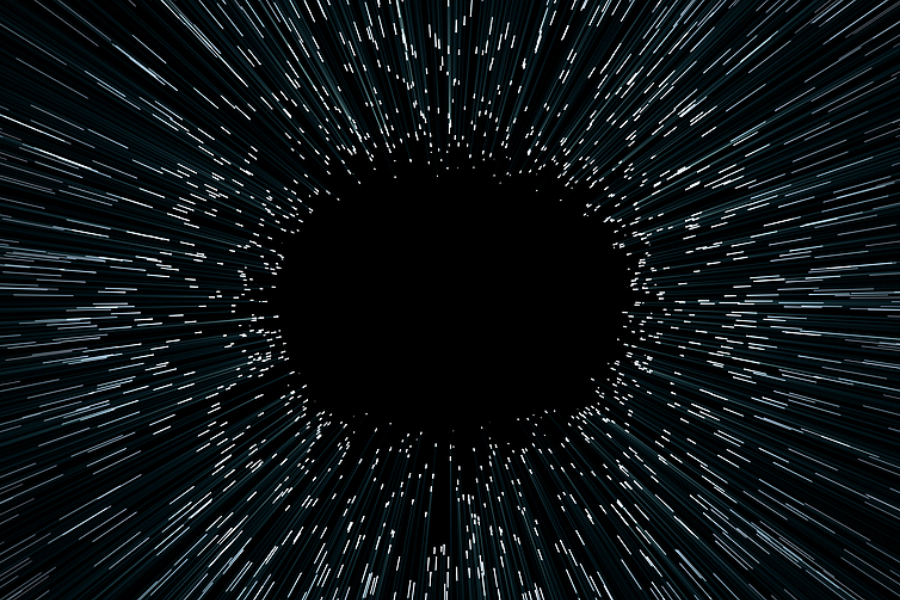What Does The Big Bang Theory Tell Us About the Universe?

The Big Bang Theory stands as the prevailing model for the origin and evolution of our universe. It offers profound insights into how everything we know, from galaxies to stars to planets, came into existence.
Let's delve into what this theory tells us about the universe and how it continues to shape our understanding of the cosmos.
Origin of the universe
According to the Big Bang Theory, the universe began as an unimaginably hot and dense point, often referred to as a singularity. This singularity underwent rapid expansion approximately 13.8 billion years ago. The term "Big Bang" itself was coined to describe the sudden burst of energy and matter that initiated this expansion.
Expansion and cosmic microwave background radiation
One of the key pieces of evidence supporting the Big Bang Theory is the discovery of cosmic microwave background radiation (CMB). This radiation, detected uniformly across the sky, is considered the remnant heat from the early universe. It provides crucial insights into the conditions that prevailed just a few hundred thousand years after the Big Bang, solidifying the theory's foundation.
Formation of elements
In the early moments after the Big Bang, the universe was too hot for atoms to form. As it expanded and cooled, protons and neutrons began to combine to form the first atomic nuclei. This process, known as nucleosynthesis, primarily produced hydrogen, helium, and a small amount of lithium. Heavier elements, crucial for the formation of stars, planets, and life as we know it, were later forged in the cores of stars through nuclear fusion processes.
Structure formation
As the universe continued to expand and cool, regions of slightly higher density within the primordial soup of particles began to attract more matter through gravitational pull. Over billions of years, these fluctuations gave rise to the vast cosmic structures we observe today: galaxies, galaxy clusters, and cosmic filaments. The formation of these structures is a testament to the gravitational interactions predicted by the Big Bang Theory.
Implications for cosmology
Beyond its explanatory power for the universe's origin and structure, the Big Bang Theory has profound implications for cosmology. It suggests a finite age for the universe, around 13.8 billion years, and posits that space itself continues to expand. This expansion not only shapes the large-scale structure of the universe but also influences the fate of galaxies and the distribution of dark matter and dark energy.
Conclusion
The Big Bang Theory stands as a cornerstone of modern cosmology, offering a coherent framework for understanding the universe's past, present, and future. Its insights into the origin of elements, cosmic structure formation, and the expansion of space continue to shape scientific inquiry and inspire deeper questions about our place in the cosmos. For those delving into Physics tuition, whether to grasp the intricacies of JC Physics in Singapore or to pursue higher studies in physics, the Big Bang Theory serves as a compelling starting point for exploring the wonders of the universe.